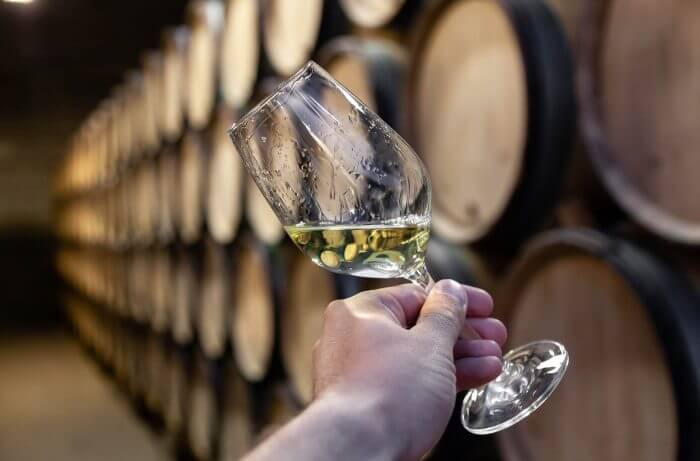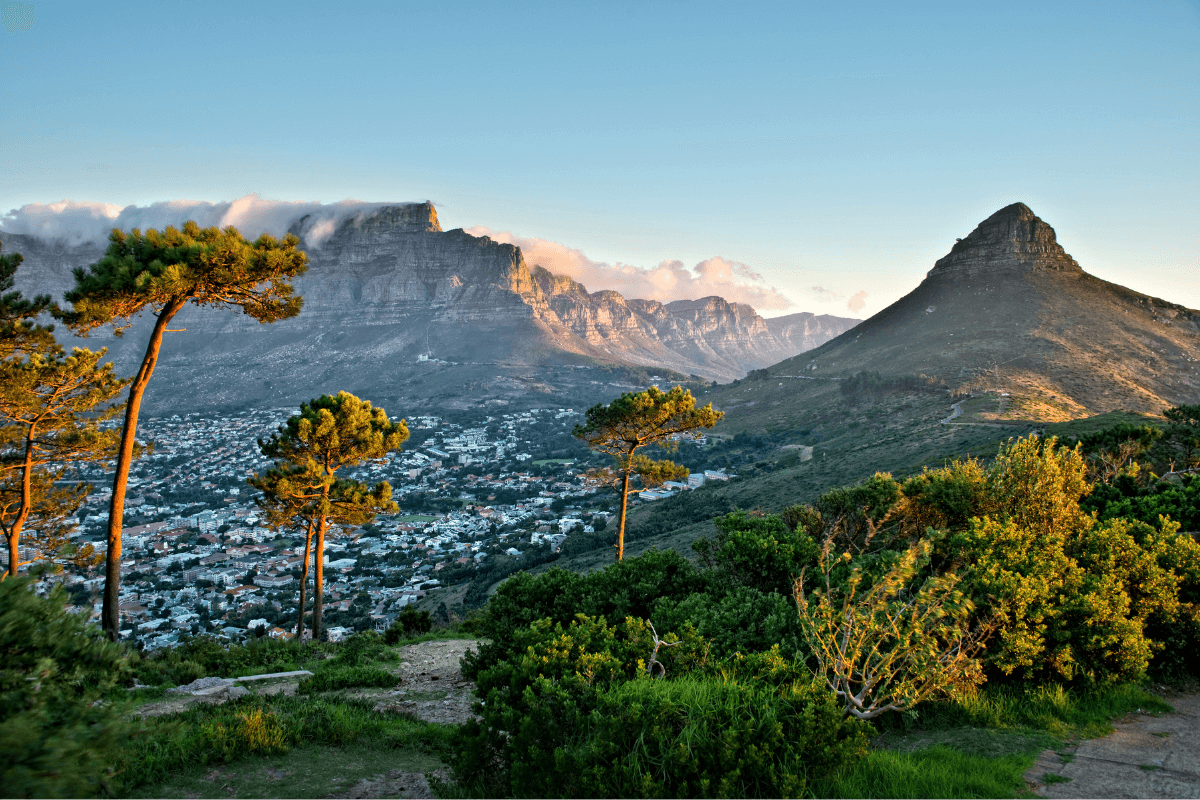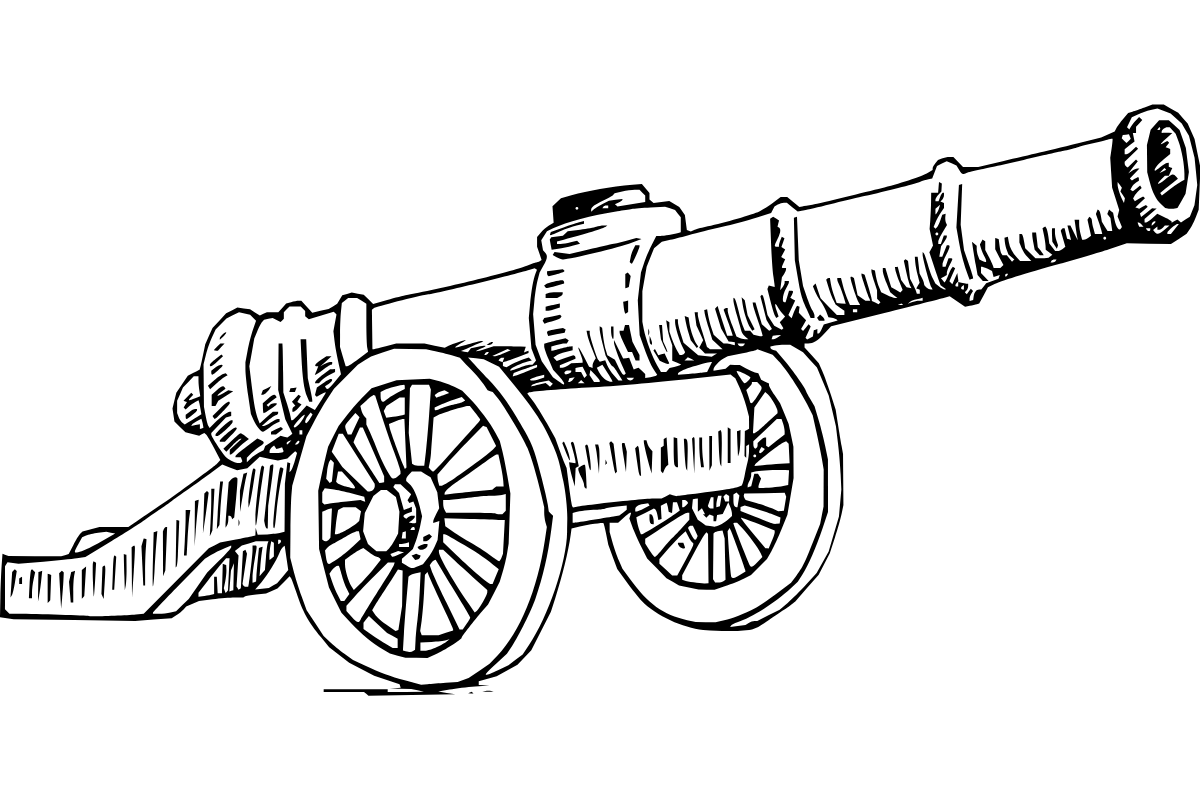
But – just as we mostly fell out of love with Chardonnay in the “over-ripe, over-oaked and over here” style of the 1980s, we also turned our backs on traditional white Rioja – and many Spanish consumers did so as well. While a French winemaker might despair but still keep on making a style that his customers no longer enjoy – the Spanish are very much of the “if it isn’t working do something else” persuasion.
This all kicked off just as Albariño was making waves in Galicia, in northwest Spain. The arrival of a properly aromatic, fresh and vibrant grape in country hardly known for white wine, galvanized Spanish winemakers and consumers.
Rioja producers like La Rioja Alta called time on their Ardanza barrel-aged white Rioja and invested in Rías Baixas instead.
More than 30 years have passed since and white Rioja now has never been better quality and value. And much of it is oaked.
In the last week I have presented three Rioja tastings as part of our Rioja month and in each case, the biggest surprise for each group were the whites.
So what’s changed? The recovery of White Rioja has been massively helped by several factors:
- Younger, more travelled winemakers returning to Rioja have brought fresh expertise in the use of oak – especially if they worked in Burgundy. As a result, more French and Caucasian oak is used, alongside larger barrel sizes.
- There is greater understanding of the best sites for white grapes – and an increased awareness of old plots of Viura and Garnacha Blanca in the coolest spots of northwest where altitude prolongs ripening and conserves acidity.
- The Consejo has approved 6 more white grapes for use in Rioja – Tempranillo Blanco, Maturana Blanca, Chardonnay, Verdejo, Sauvignon Blanc and Turruntés.

This all adds up to big shift in style with a focus on fresh, ripe fruit and sensitively handled oak, which enhances the texture and complements rather than swamps the fruit character.
- Tempranillo Blanco is unique to Rioja and is a genetic mutation found on an old Tempranillo vine in 1988 in the Rioja Oriental. Its combo of quasi-tropical fruit with plenty of zippy malic acid is perfect for Rioja. Blended with the more austere traditional Viura grape it works really well.
- Maturana Blanca is the oldest existing variety in Rioja, first mentioned in 1622. Its small berries and bunches, very high acidity and extract gives the potential to make amazing wines.
We have three delicious white Riojas to try – each one a reflection of the new style…

Bodegas Montecillo, Rioja Blanco 2019
A blend of 1/3 each of Viura (from 60-year-old vines), Tempranillo Blanco and Sauvignon Blanc from high altitude vines. Each is hand picked and gently pressed after some skin contact. The fermentation starts in egg-shaped tanks and then moves to new Allier oak barrels with very light toast for a gentle oak note. The “recipe” might lead you to expect an overtly oaky style – but you’ll find the ripe but fresh fruit perfectly dovetails with discreet spicy notes from the oak. A steal of a wine from a very smart winemaking team.

Valenciso, Rioja Blanco 2019
70% Viura and 30% Garnacha Blanca from 80-year-old vines on clay and stony soils in the Rioja Alta. After a 24-hour maceration on the skins, the fermentation with natural yeasts is done in stainless steel. The wine then ages for 9 months in Caucasian oak. The Garnacha Blanca and softer Caucasian oak give this wine a lovely rich texture reminiscent of Eric Forest’s delicious Pouilly-Fuissé wines – while the Viura’s naturally high acidity keeps a perfect line. It’s sensationally good value for such accomplished winemaking and finesse.

Nestares Eguizabal, A Veredas Blanco Crianza 2017
Sauvignon Blanc and Chardonnay from vines planted in 2013 on clay and limestone on a high plateau in Rioja Oriental. A Veredas means “to follow the correct path” – and in farming organically they do just that. Both varieties are barrel-fermented in a mix of French and American oak. Half of the wine then matures in cement vats before blending. This has the richest texture of the three wines but with such freshness and fruit.
If you’re a lover of white Burgundy, classy New World Chardonnay or Godello from Galicia, these wines should very much be on your radar now.
Salud!



